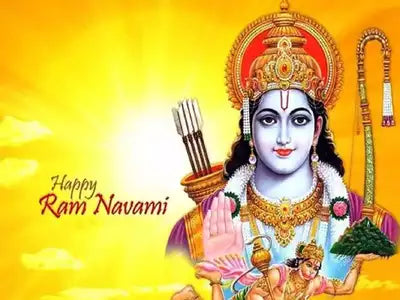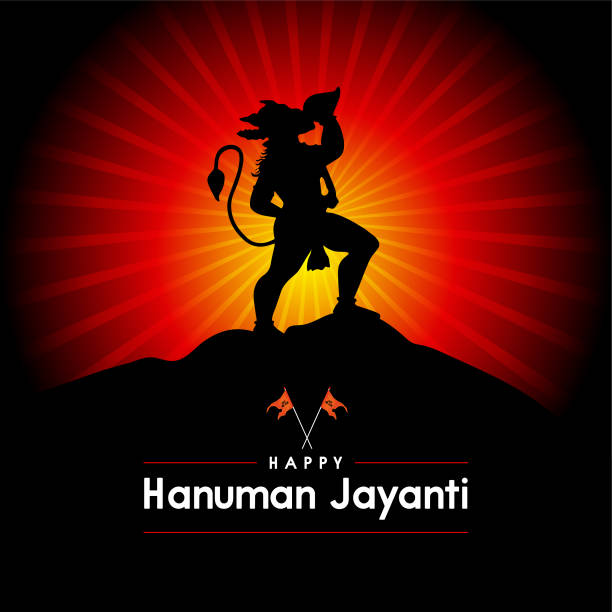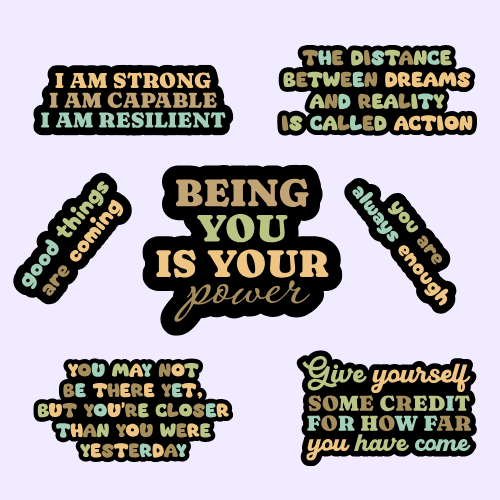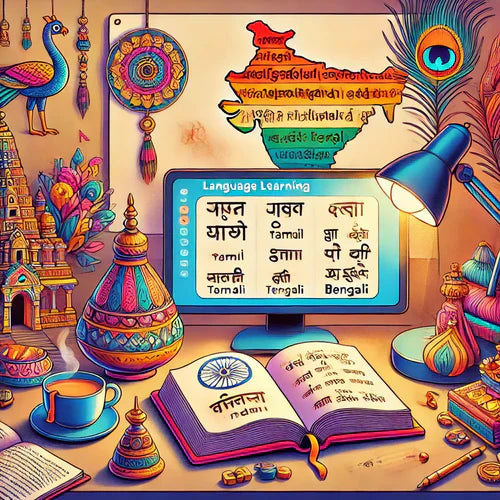Learn about the History of Valentine's Day
The history of Valentine's Day is deeply rooted in both ancient Roman traditions and Christian history. Celebrated annually on February 14, some historians link its origins to the Roman festival of Lupercalia, held on February 15 to welcome spring with fertility rites. Lupercalia was a celebration dedicated to Faunus, the Roman god of agriculture, as well as Romulus and Remus, the legendary founders of Rome. During the festival, priests would sacrifice a goat for fertility and a dog for purification. Young men would then use strips of the goat’s hide to gently whip women, believing it would increase their fertility. Additionally, a lottery system was used to pair young men and women for the duration of the festival, sometimes leading to long-term relationships or even marriage.
As Christianity spread, such pagan festivals were replaced, and by the late 5th century, Pope Gelasius I established St. Valentine’s Day to honor a Christian martyr named Valentine. The history of Valentine's Day reflects a blend of cultural influences that shaped the holiday over time.
The true identity of St. Valentine remains uncertain, as historical records mention multiple individuals by that name who were martyred by the Roman Empire. Some legends suggest he was a priest who defied Emperor Claudius II’s decree that forbade soldiers from marrying, believing that single men made better warriors. Valentine continued to perform secret marriages, defying the emperor’s orders. When his actions were discovered, he was arrested and later executed. Another tale describes Valentine as a compassionate Roman priest who, before his execution, healed his jailer’s blind daughter and sent her a farewell note signed “from your Valentine.” These stories contribute to the rich history of Valentine's Day, reinforcing its association with love and devotion.
The history of Valentine's Day became strongly linked to romance in the Middle Ages, particularly through Geoffrey Chaucer’s 14th-century poem "The Parliament of Fowls," which depicted birds selecting mates on St. Valentine’s Day. This literary work played a significant role in establishing the day’s romantic traditions. By the 15th century, the notion of courtly love gained popularity, and Valentine’s Day became an occasion for expressing admiration and affection through poetry and handwritten notes. One of the earliest known Valentine’s messages was written by Charles, Duke of Orléans, to his wife in 1415 while he was imprisoned in the Tower of London.
By the 18th century, the exchange of love notes evolved into the giving of printed Valentine’s cards, flowers, and confections. In the 19th century, mass production of Valentine's Day cards began, making them more accessible to the public. Esther Howland, known as the “Mother of the American Valentine,” played a significant role in commercializing Valentine’s Day greetings in the United States. With the advent of the Industrial Revolution, Valentine’s Day gifts became more elaborate, incorporating lace, ribbons, and sentimental messages.
Over time, the history of Valentine's Day evolved into a celebration of love, where people express their affection through gifts, cards, and other tokens. Today, the history of Valentine's Day extends beyond romantic relationships to include friendships and self-love, with common traditions such as exchanging flowers, chocolates, and heartfelt messages. The holiday has also been embraced globally, with different cultures adding their unique traditions, from Japan’s practice of women giving chocolates to men to Finland’s “Friendship Day” celebration.
In modern times, the history of Valentine's Day continues to shape celebrations, keeping its legacy of love and connection alive. While some view it as a commercial holiday, others see it as an opportunity to express appreciation for loved ones in various forms. Whether through a romantic dinner, thoughtful gift, or simple act of kindness, Valentine’s Day remains a cherished occasion for celebrating love in all its forms.
Additionally, social media has amplified the way people celebrate Valentine’s Day, making it easier to share messages of love and appreciation with a wider audience. Online shopping has also contributed to the holiday’s popularity, allowing people to order personalized gifts and have them delivered to loved ones worldwide. Some people even choose to celebrate anti-Valentine’s Day movements, emphasizing self-care or alternative ways to honor relationships outside of traditional romantic norms.
Despite the commercialization, many still find deep personal meaning in the holiday, using it as an opportunity to reconnect with partners, friends, and family members. Schools and workplaces often incorporate Valentine’s Day activities, promoting themes of kindness and appreciation. Whether lavish or simple, the ways in which people celebrate continue to evolve, ensuring that the holiday remains relevant and meaningful across generations.
In recent years, sustainability has become a growing concern for Valentine’s Day celebrations. Many individuals and businesses are opting for eco-friendly gifts, such as reusable cards, ethically sourced chocolates, and locally grown flowers. Additionally, some couples choose to forgo material gifts altogether in favor of experiences, such as trips or shared activities, to create lasting memories. This shift reflects an evolving perspective on love and appreciation, emphasizing thoughtfulness over commercialism. The history of Valentine's Day continues to inspire new traditions while preserving the essence of love and affection.
https://www.realsimple.com/holidays-entertaining/holidays/valentines-day/history-of-valentines-day
https://gujaratikoalamom.com/blogs/history-about-holi/history-about-holika-holi-significances







